Jensen Rose Summer and Bolivia Java distinguishing Bolivian Rose Summer from Java Flavor Story
Professional coffee knowledge exchange more coffee bean information please follow the coffee workshop (Wechat official account cafe_style)
When it comes to rose summer, we all think of the unique flower and fruit aroma of this bean. It is precisely because of this that it has been sought after by many people. Some time ago, we introduced a breed that is said to be a cousin of Rosa, the Javanese species, so the question is, what is the difference between the two?
| | Rose summer
Geisha was discovered in the forests of Ethiopia in 1931 and later sent to the Coffee Institute in Kenya. It was introduced to Uganda and Tanzania in 1936 and Costa Rica in 1953.

Not many people have paid attention to Rose Summer all the time. Until one day, Don Pachi was originally brought to Costa Rica from GESHA, a small town in southwestern Ethiopia, and then Rosa entered Panama along the southern route. Panama's Jade Manor separated it from other varieties and won the national coffee competition, so Rose Summer officially entered everyone's attention.
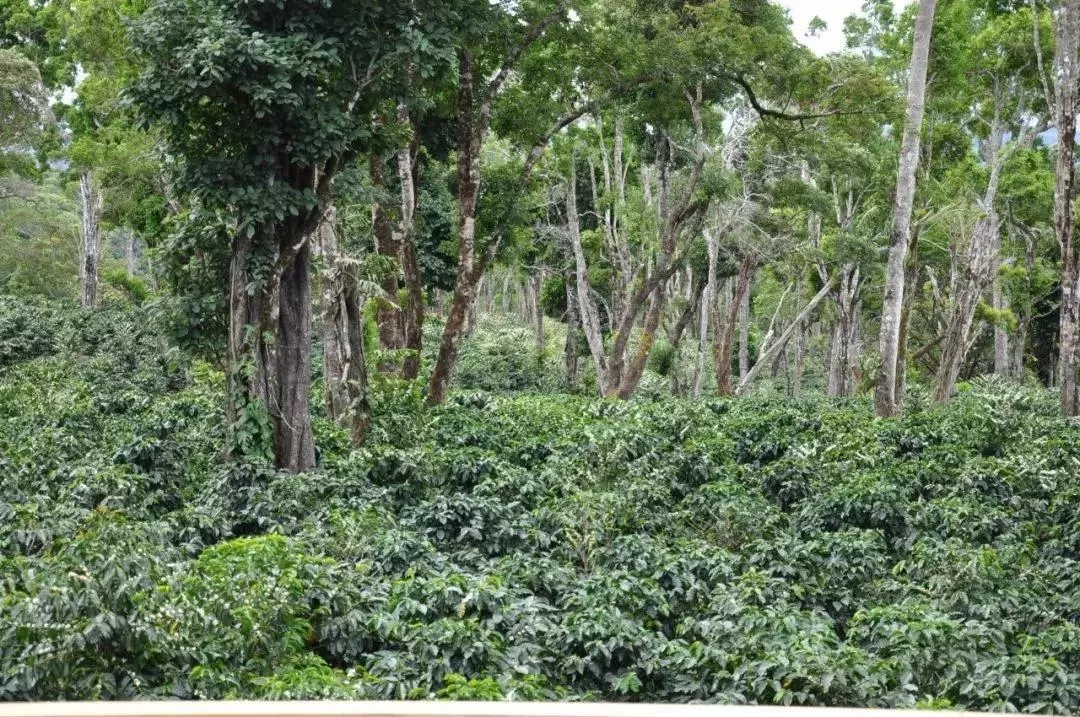
Rosa coffee is particularly picky about the growing environment, requiring high altitude, cloud shade, fertile soil and enough accumulated temperature.
| | Java |
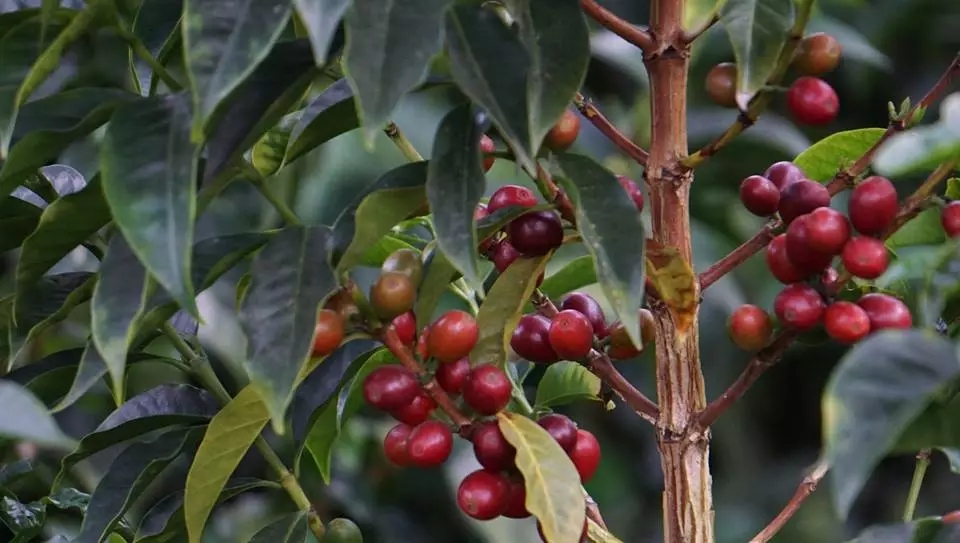
The variety known locally in Bolivia as long-shaped beans is named for its long appearance, and its official name should be Java. Java is a very interesting bean species, which is strongly related to Indonesia from its name. But in fact, Java was originally a coffee tree species born in the primeval forest of Ethiopia, collected by local ethnic groups, and then spread to Indonesia through Yemen, where it was named Java. It was generally believed that Java is a branch of Tibika, but genetic comparison shows that Java is actually a coffee variety Abysinia from Ethiopia.
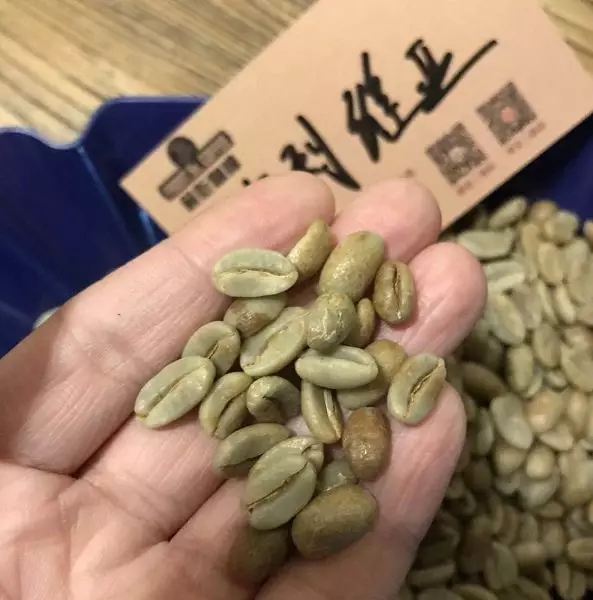
After Indonesia, Java spread first to the nearby Timor island group, and then to Cameroon in East Africa, where it was first released for farmers in 1980. As for the spread to Central and South America, it was introduced to Costa Rica through CIRAD (the Centre de Coop é Internationale en Recherche Agronomique pour le D é veloppement) in 1991 under the guidance of breeding expert Benoit Bertrand. The first Central American country to formally recognize Java beans was Panama, while Bolivian Rosa was introduced through Nicaragua.
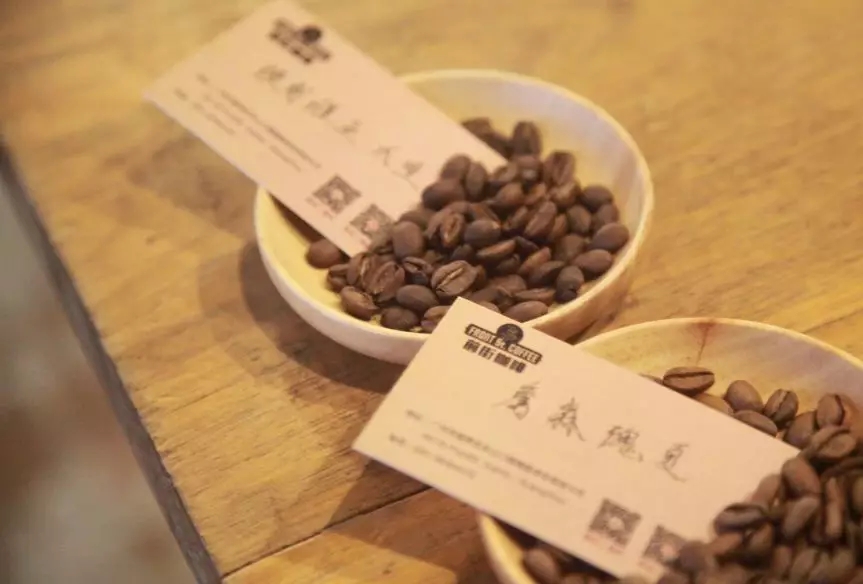
The Bolivian rose summer and Java we use to compare today are from Jensen Manor's rose summer and Bolivia Java, both of which are tanned.
| | Solar treatment |
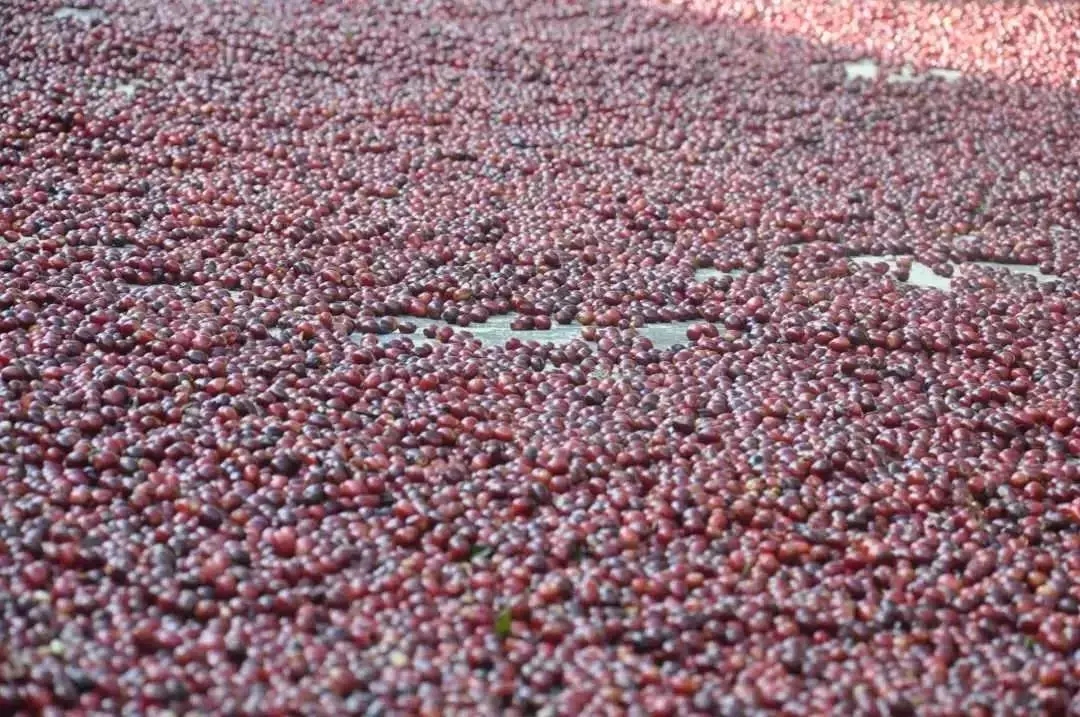
Pour the harvested coffee fruit into a big trough, and the ripe and full fruit will sink to the bottom of the water and remove the floating beans. Put the whole coffee fruit with meat and seeds on an elevated bed to bask in the sun, turn irregularly and naturally dry to about 12% of the water content, which takes about two to four weeks. Finally, the peeling machine is used to remove the hard peel, pulp and sheep skin, and the raw beans appear.
| | comparison of raw beans |
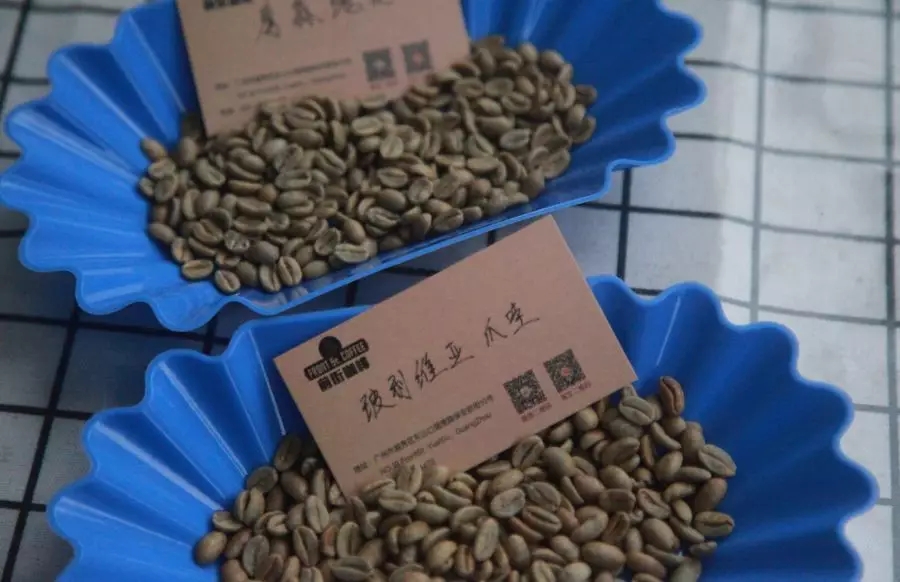
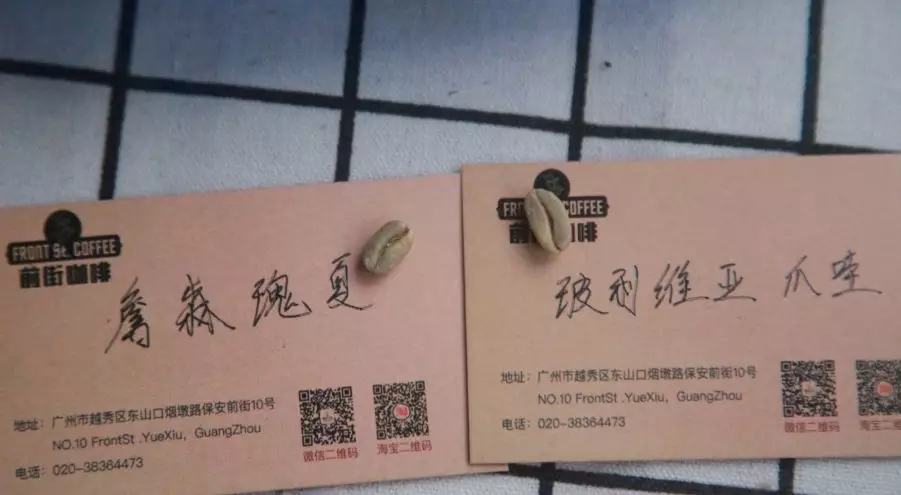
In terms of raw beans, Bolivian Java beans are slender and pointed at both ends, while Jason Rosa beans are slightly shorter and more rounded.
| | comparison of baking |
[Jason Rose Summer]
The yellow point turns to 5 minutes, the first explosion starts at 8:50 seconds, the temperature is 184.3, the first explosion develops at 1:30 seconds, and the temperature is 195 degrees.
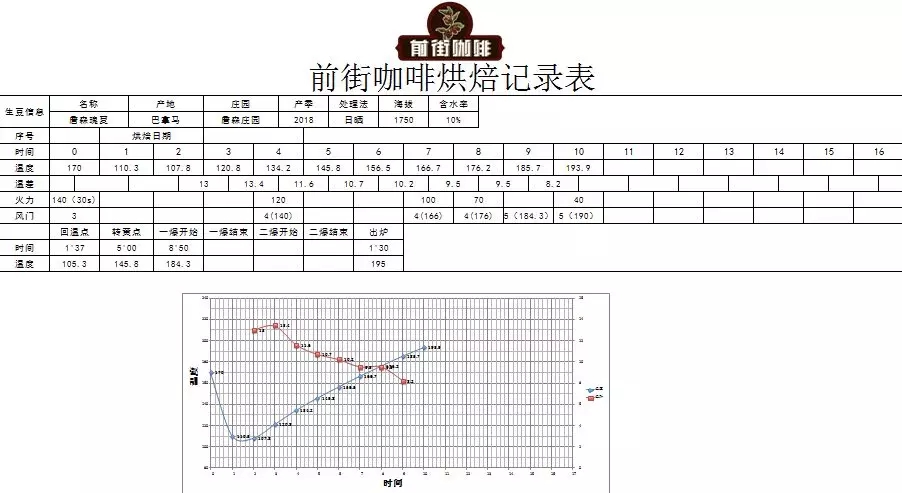
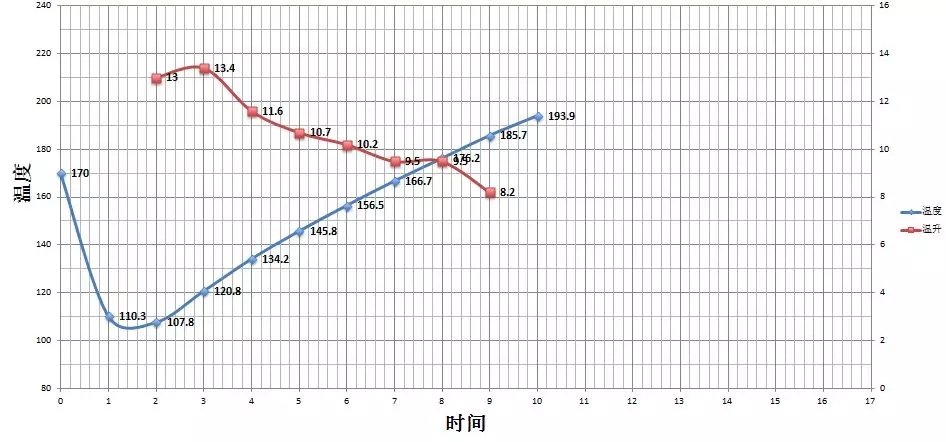
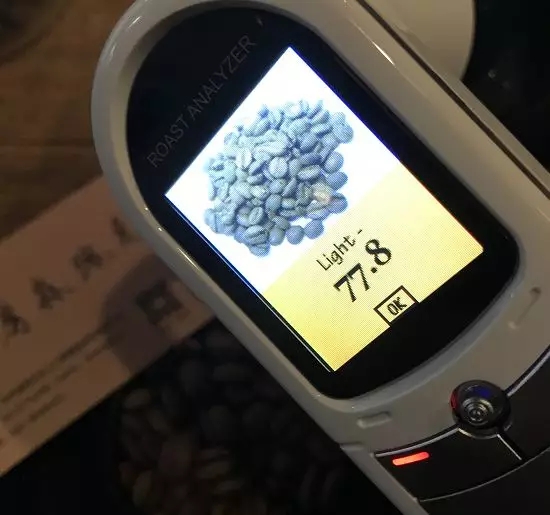
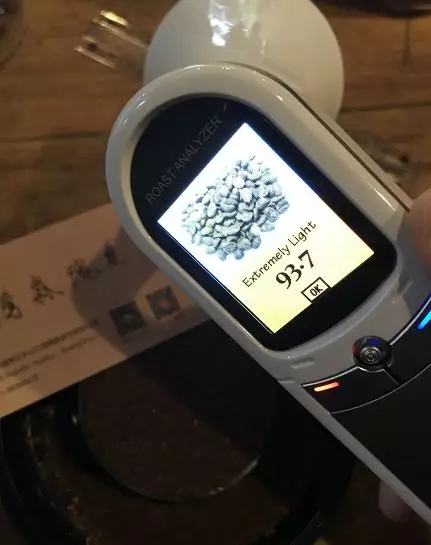
Agtron bean color value is 77.8 (above), Agtron pink value is 93.7 (bottom), Roast Delta value is 11.9.
[Java, Bolivia]
The yellow point turns to 5 minutes, the first explosion starts at 8:37 seconds, the temperature is 181.8, the development of one explosion comes out at 1:30 seconds, the temperature is 190.5 degrees.
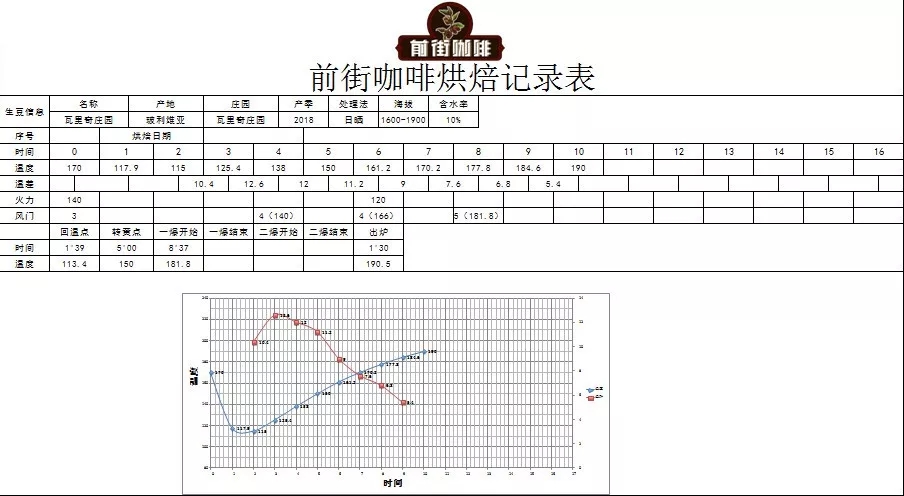
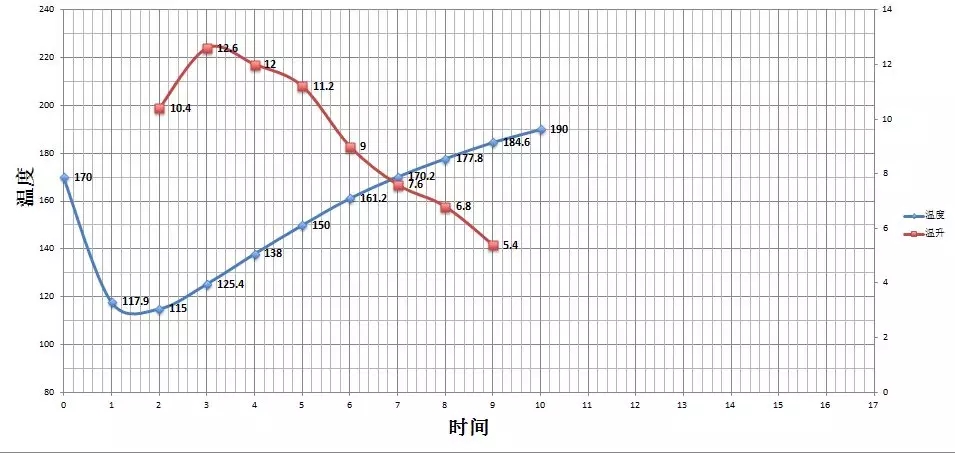
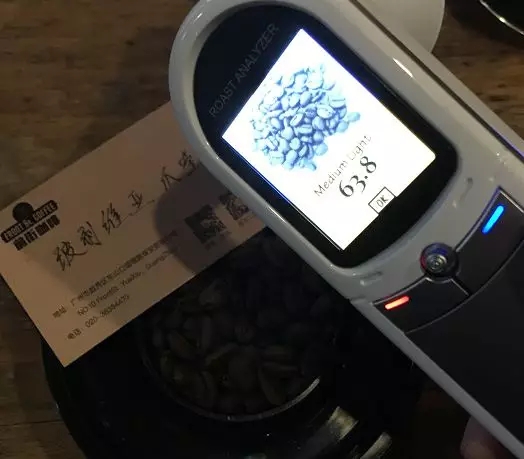
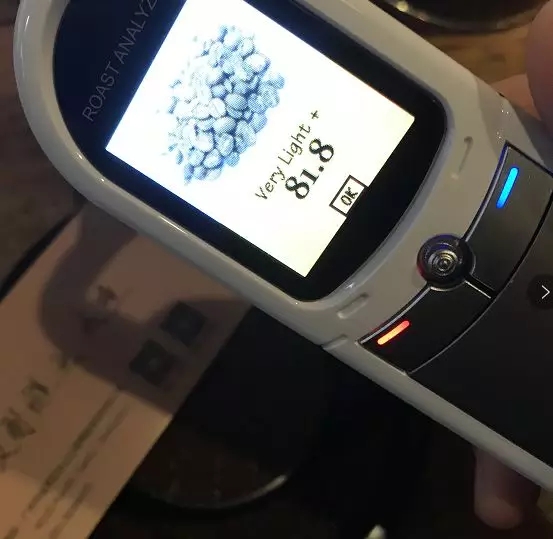
Agtron bean color value is 63.8 (above), Agtron pink value is 81.8 (bottom), Roast Delta value is 18.
| Flavor comparison
[cup test]
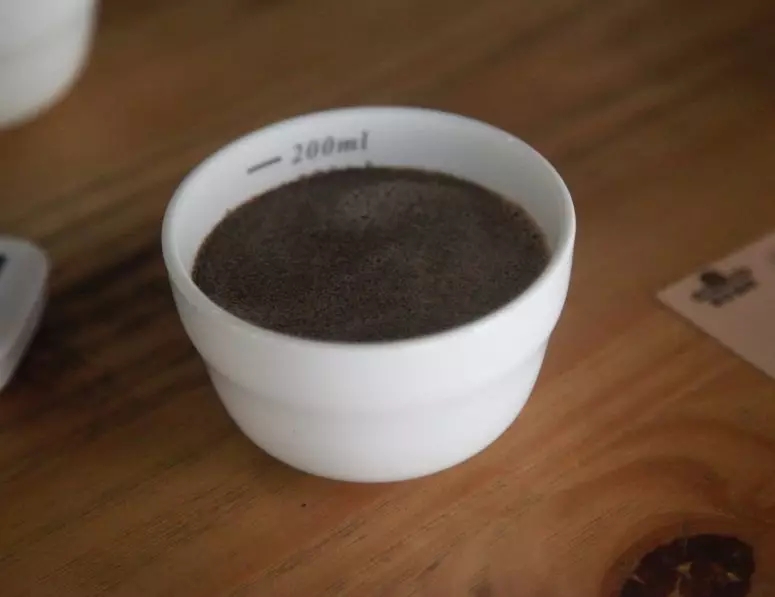
[Jansen Rose] dry aromas have fermented aromas of ripe fruit, maple syrup, lemon, citrus, apple, rose, dark chocolate, fruit, pomegranate, ripe grapes, peaches and dark berries.
[Bolivia Java] dry aromas with hazelnut aromas, starting with creamy, hazelnut and almond aromas, as well as sweet and sour notes of citrus and tropical fruits with fermented aromas.
[hand flushing]
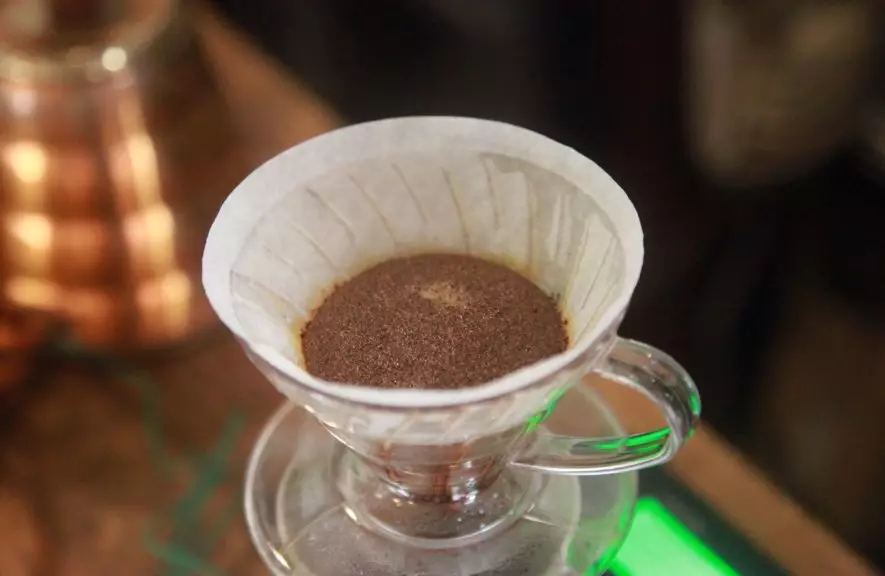
Parameters: V60 racing 1mm 15max 89 ℃ / grindability BG 5R (Chinese standard No. 20 sieve pass rate 58%) / cooking time (starting time of steaming): two minutes
[Jansen Rose Summer] with fermented aromas of ripe fruit, sweet and sour tropical fruits and berries on the palate, obvious sweetness of maple syrup and some aromas of cocoa, grape and rose tea in the finish.
[Java, Bolivia] the entrance has obvious sweet and sour notes of citrus, lime and Hawthorn, with some fruit chocolate and vanilla cream on the finish, and the temperature drops to a sour tone of sweet orange. when it is cool, it has a hint of maple syrup sweetness and jasmine tea and rose tea aftertaste, sucrose is sweet for a long time.
| | Summary |
[Jansen Rose Summer] will be cleaner in flavor and taste, while [Bolivia Java] will have a rich sense of hierarchy.
In fact, Java species is quite a surprise to the editor ~ after all, it is rare to see a bean without losing roses in flavor and aroma.
Important Notice :
前街咖啡 FrontStreet Coffee has moved to new addredd:
FrontStreet Coffee Address: 315,Donghua East Road,GuangZhou
Tel:020 38364473
- Prev
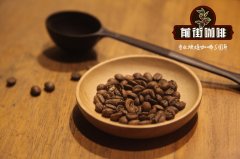
What is LEVELUP90+ Candle Coffee Coffee Candle Coffee Baking degree in Sidamo
Professional coffee knowledge exchange more coffee bean information please pay attention to the coffee workshop (Wechat official account cafe_style) what is candle candle coffee LEVEL UP 90 + Ethiopian native species are produced in an area of 17502000m above sea level fertile soil temperature and rainfall make Sidamo beyond the imagination of sun-dried beans sun-dried beans have better sweetness but less washed beans
- Next
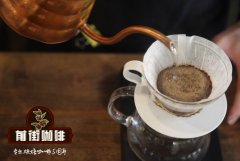
El COE champion La Cumbre Manor introduces the characteristics of El Salvador Rosa Coffee.
Professional coffee knowledge exchange more coffee bean information please follow the coffee workshop (Wechat official account cafe_style) boutique coffee Salvadoran coffee features Salvadoran coffee introduction La Cumbre Ranch name: La Cumbre Farm altitude: 1500-1550 masl City: Chalchuapa area: Santa Ana (
Related
- Detailed explanation of Jadeite planting Land in Panamanian Jadeite Manor introduction to the grading system of Jadeite competitive bidding, Red bid, Green bid and Rose Summer
- Story of Coffee planting in Brenka region of Costa Rica Stonehenge Manor anaerobic heavy honey treatment of flavor mouth
- What's on the barrel of Blue Mountain Coffee beans?
- Can American coffee also pull flowers? How to use hot American style to pull out a good-looking pattern?
- Can you make a cold extract with coffee beans? What is the right proportion for cold-extracted coffee formula?
- Indonesian PWN Gold Mandrine Coffee Origin Features Flavor How to Chong? Mandolin coffee is American.
- A brief introduction to the flavor characteristics of Brazilian yellow bourbon coffee beans
- What is the effect of different water quality on the flavor of cold-extracted coffee? What kind of water is best for brewing coffee?
- Why do you think of Rose Summer whenever you mention Panamanian coffee?
- Introduction to the characteristics of authentic blue mountain coffee bean producing areas? What is the CIB Coffee Authority in Jamaica?

